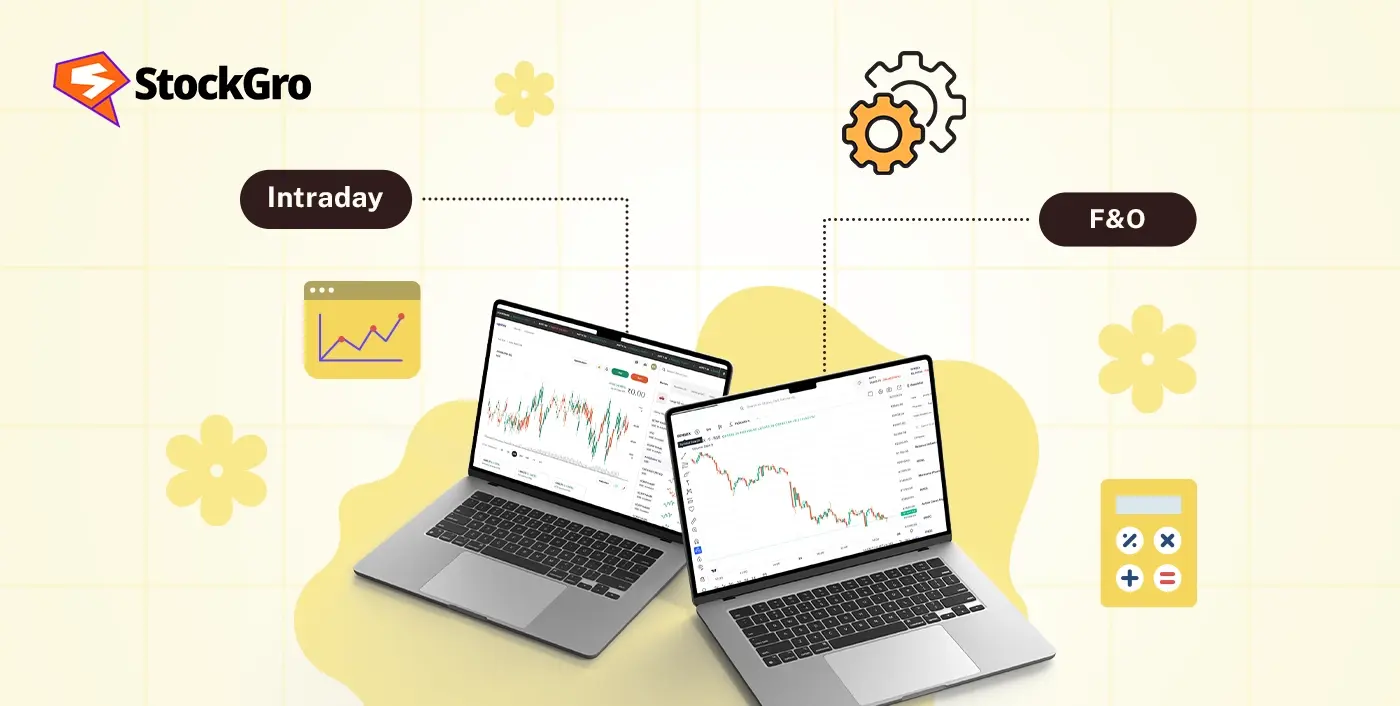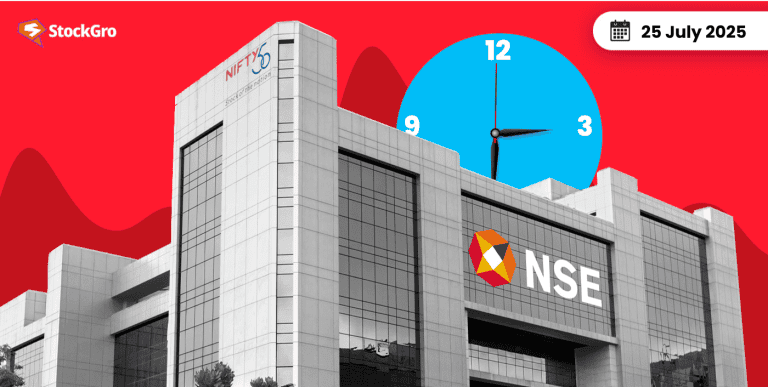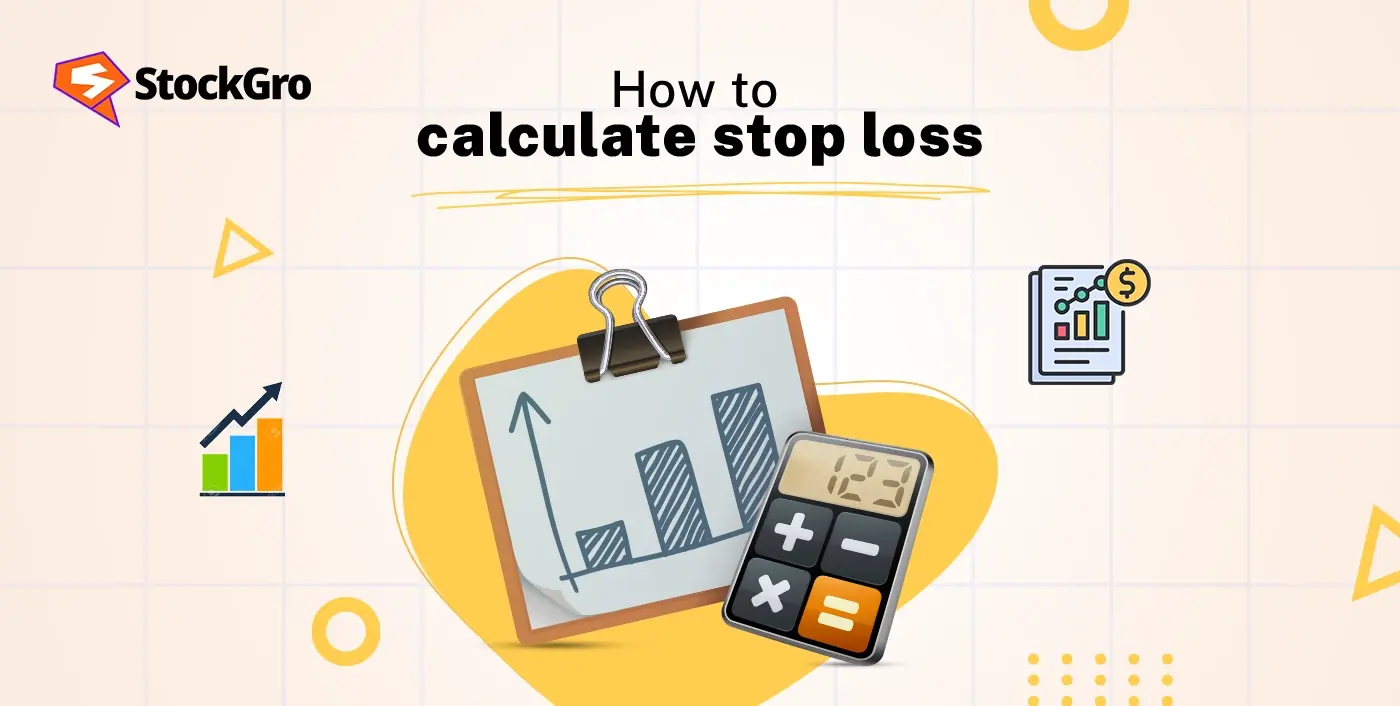
Intraday and F&O trading have seen a sharp rise in individual participation over recent years. One in three equity cash segment traders now engages in intraday activity. Meanwhile, F&O volumes surged before showing a noticeable drop, following regulatory changes and rising net losses.
Yet, many remain unclear about how the two differ in structure, purpose and execution. Knowing the core distinctions helps align your approach with your financial intent. Let us explore the difference between intraday and F&O.
What is Intraday Trading?
Intraday trading involves initiating and concluding trades within the same market session. No position is held overnight, hence all orders are settled before the bell.
Participants aim to benefit from small price changes that occur throughout market hours. Timing becomes critical and decisions must often be made quickly.
Say an individual identifies a breakout pattern early in the session and enters at ₹250. The stock begins to gather momentum shortly after entry. Once it edges up to ₹258, the position is closed without delay. The profit is taken well before the session ends, avoiding exposure to any volatility.
Strategies are largely shaped by chart patterns, volume shifts and real-time technical cues. Margin is often used to boost trade size. But higher exposure also means higher risk. That’s why discipline and timing are non-negotiable here.
What is F&O (Futures and Options) Trading?
F&O fall under derivatives. These are financial instruments that reflect the value of the underlying asset, often equities or indices. These tools allow market participants to respond to expected movements without holding the actual asset.
A futures contract obligates both parties i.e., the buyer and seller to complete a transaction on a set date, using a predetermined rate. An option, on the other hand, offers flexibility. The buyer may choose to act, while the seller is obliged to honour the terms if called upon.
Engaging in this space requires a trading account enabled for derivatives and familiarity with terms like lot size, strike price, margin and expiry. These contracts can serve both as hedging tools & speculative instruments, depending on the trader’s intent.
Take a scenario where someone expects a bank stock to appreciate. They acquire a call option with a strike of ₹1,200. If the asset rises to ₹1,260 before expiry, they can choose to exercise the option or sell it in the market, capturing the price difference without owning the stock directly.
Key Difference Between Intraday and F&O
| Aspect | Intraday trading | Futures & options |
| Trading approach | Involves opening and closing positions within the same market session without carrying trades forward. | Built around derivative contracts that track the value of a listed share or index over time. |
| Duration | Every transaction must be settled before the closing bell, making it a same-day activity. | Positions may continue beyond a day and remain active until the specified contract expiry. |
| Capital involvement | Requires relatively less upfront capital due to margin support and smaller position size. | Often demands higher margin commitment and varies with contract type and trade direction. |
| Use case | Primarily used for reacting to intraday price movements in real time. | Used for hedging existing positions or speculating on future price direction. |
| Risk profile | Limited to market hours, avoiding uncertainty from overnight developments. | Carries exposure beyond a single session, including non-market hour events and volatility. |
| Knowledge level | Relies on price charts, short-term trends and swift execution. | Requires fluency in derivative terms, pricing models and settlement frameworks. |
Pros and Cons Intraday trading
Pros:
- Enables participants to act on short-term market moves and exit without holding overnight risk
- Capital requirements are lower, often supported by margin availability from the broker
- Liquidity is typically high in the instruments used, allowing smoother entries and exits throughout the session
Cons:
- Continuous monitoring is essential, limiting freedom during market hours
- Sudden reversals in movement can lead to unexpected losses
- Intense decision-making pressure may impair consistency over time
- Repeated transactions could result in elevated operational charges over multiple sessions
Pros and Cons F&O
Pros:
- Margin allows market participants to access larger exposure without committing full capital upfront
- Futures and options contracts offer risk offsetting, particularly during uncertain price environments
- Enhanced liquidity supports faster order execution and better price discovery
Cons:
- Leverage can amplify losses just as easily as it boosts gains
- Margin calls may arise if account value drops below the required threshold
- Forced exit from trades can occur when positions fail to meet margin requirements
- Volatility in F&O markets may lead to losses that exceed the initial investment if safeguards are not applied
Who Should Consider Intraday?
This format involves responding to the market within the span of a single session. It suits individuals who blend observation with restraint and remain detached from emotional swings.
Intraday may suit those who:
- Tolerate short bursts of volatility without losing strategic focus
- Operate with preset exit levels using stop-losses and profit targets rather than impulsive decisions
- Prefer active control over each position rather than holding overnight exposure
- Follow a measured system of activity rather than improvising on instinct
- Approach the market with informed judgement supported by independent analysis
- Handle multiple streams of real-time input without losing clarity
Who Should Consider F&O Trading?
Engaging in derivatives calls for deliberate intent and a strong grasp of how broader financial forces interact. This space isn’t built for guesswork or passive involvement. It suits individuals who think in probabilities, not predictions.
F&O may align with those who:
- Interpret economic signals and factor in broader market sentiment when making decisions
- Know when to hedge an existing position rather than simply exit or hold
- Rely on data to structure trades, not short-term intuition or trends
- Adjust their exposure based on calculated scenarios, not static assumptions
- Know when the flexibility of an option is more effective than the obligation of a futures contract
Tips Before You Start Trading in Intraday or F&O
- Focus on liquid instruments that allow quick entry and exit without slippage
- Set your exit points in advance, both for profits & losses, and avoid adjusting them mid-trade
- Avoid converting failed intraday trades into long-term holdings without proper evaluation
- Track resistance and support zones during opening hours to fine-tune your entries
- Monitor margin requirements, especially in volatile sessions when additional funds may be required
- Factor in all operational costs before calculating outcome expectations from each position
Conclusion
Intraday and F&O trading serve distinct purposes, each requiring a specific approach, mindset and level of preparedness. One suits those who prefer fast-paced execution within a single session and the other appeals to those comfortable managing structured risk over a longer horizon. Knowing when to pause, when to exit, and when to reassess your position makes all the difference.
FAQs
Both come with risk, just in different forms. One limits exposure to market hours only. The other can stretch beyond, reacting to global events or overnight shifts. Some may find shorter durations easier to manage. Others prefer flexibility in structure and position sizing. Neither offers guarantees. What matters is how well one understands the product being used.
Potential returns vary by strategy, not format. One offers leverage, which can work both ways. The other focuses on tight windows and faster cycles. Skill, timing and discipline matter more than the tool itself. Some traders scale better in structured contracts. Others prefer shorter, sharper moves within a day.
Day trading may feel more approachable when there’s no carry-forward risk. F&O needs more planning and technical knowledge. Each path demands preparation and focus. Simpler tools help in building core habits early. Higher exposure without experience can unsettle judgement. Either way, starting small and learning steadily matters most.
A trading account is essential in both cases. A Demat account may not always be needed for F&O, as contracts are settled in cash. For intraday in equities, it becomes relevant only if positions convert to delivery. Requirements vary slightly based on what you trade and how you settle. It helps to check with your broker before starting.
Yes, you can trade both on the same day, provided your trading account supports it. Each has different margin rules and execution styles. Intraday focuses on quick entries and exits within market hours. Futures and options may carry positions beyond the session unless squared off. You will need to monitor margin availability and risk across both. Brokers may apply separate charges and limits for each segment.
No. Intraday is a same-day trading style, while F&O is a derivatives segment. You can do intraday in cash or F&O.
Depends on experience:
Intraday (cash) → simpler, lower risk
F&O → higher leverage and higher risk, suitable for experienced traders
It can be both. F&O trades may be intraday (same-day exit) or positional (carried forward).

